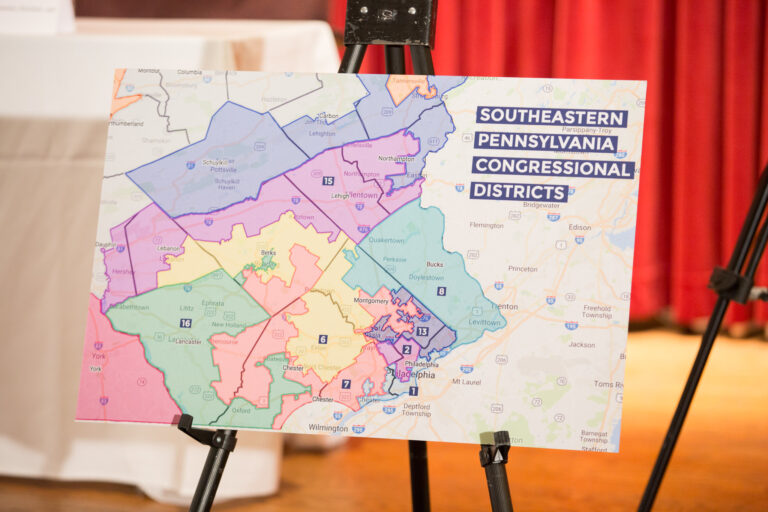Hannah Finnie is a writer in Washington, D.C. interested in the intersections of work and culture. She is a graduate of Harvard Law School.
The Bureau of Labor Statistics (BLS) released its annual data on union membership in the United States Thursday, mostly showing a continuation of existing trends. Overall, union membership declined from 2020 to 2021, although 2020 was a noisy year because of the disproportionate effects of pandemic-related layoffs and shutdowns on union versus non-union jobs (non-union positions were more likely to be cut during the pandemic than union jobs, resulting in a deceivingly high union membership rate). In 2021, the union membership rate was 10.3%, identical to 2019’s union membership rate, but down from 2020’s 10.8% rate. Still, these figures represent a marked decline from 1983, the first year the BLS released this data, when 20.1% of workers were members of a union.
The public sector continues to be much more densely unionized than the private sector, with 33.9% of public sector workers belonging to a union versus just 6.9% of private sector workers. Differences in union membership rates remain between men and women, though this gap has narrowed since 1983. Today, 10.6% of male workers are members of a union, compared to 9.9% of female workers. In 1983, those figures were 24.7% and 14.6%, respectively.
Finally, black workers continued to be more likely to be union members than white, Hispanic, or Asian workers (the categories the BLS names) and nonunion workers still on average make less than union workers ($975/week in median earnings versus $1169/week).
Tellingly, the continued decline in union membership comes alongside the highest positivity rating among the U.S. populace towards union in decades. A Gallup poll from September showed that 68% of Americans approved of unions, which is the highest rating Gallup found towards unions since 1965. This gap between how many people in the U.S. support unions and how many people are in unions is likely the result of how difficult it is to unionize, a battle maybe best represented by the Amazon Bessemer plant’s attempt to unionize in 2021.
In other union news, the union representing the 8,400 King Soopers/Kroger workers striking has reached a tentative agreement with King Soopers. The workers went on strike 10 days ago, and will vote on whether to accept the contract on Monday. Details of the tentative agreement are not yet public.






Daily News & Commentary
Start your day with our roundup of the latest labor developments. See all
December 16
Second Circuit affirms dismissal of former collegiate athletes’ antitrust suit; UPS will invest $120 million in truck-unloading robots; Sharon Block argues there are reasons for optimism about labor’s future.
December 15
Advocating a private right of action for the NLRA, 11th Circuit criticizes McDonnell Douglas, Congress considers amending WARN Act.
December 12
OH vetoes bill weakening child labor protections; UT repeals public-sector bargaining ban; SCOTUS takes up case on post-arbitration award jurisdiction
December 11
House forces a vote on the “Protect America’s Workforce Act;” arguments on Trump’s executive order nullifying collective bargaining rights; and Penn State file a petition to form a union.
December 8
Private payrolls fall; NYC Council overrides mayoral veto on pay data; workers sue Starbucks.
December 7
Philadelphia transit workers indicate that a strike is imminent; a federal judge temporarily blocks State Department layoffs; and Virginia lawmakers consider legislation to repeal the state’s “right to work” law.